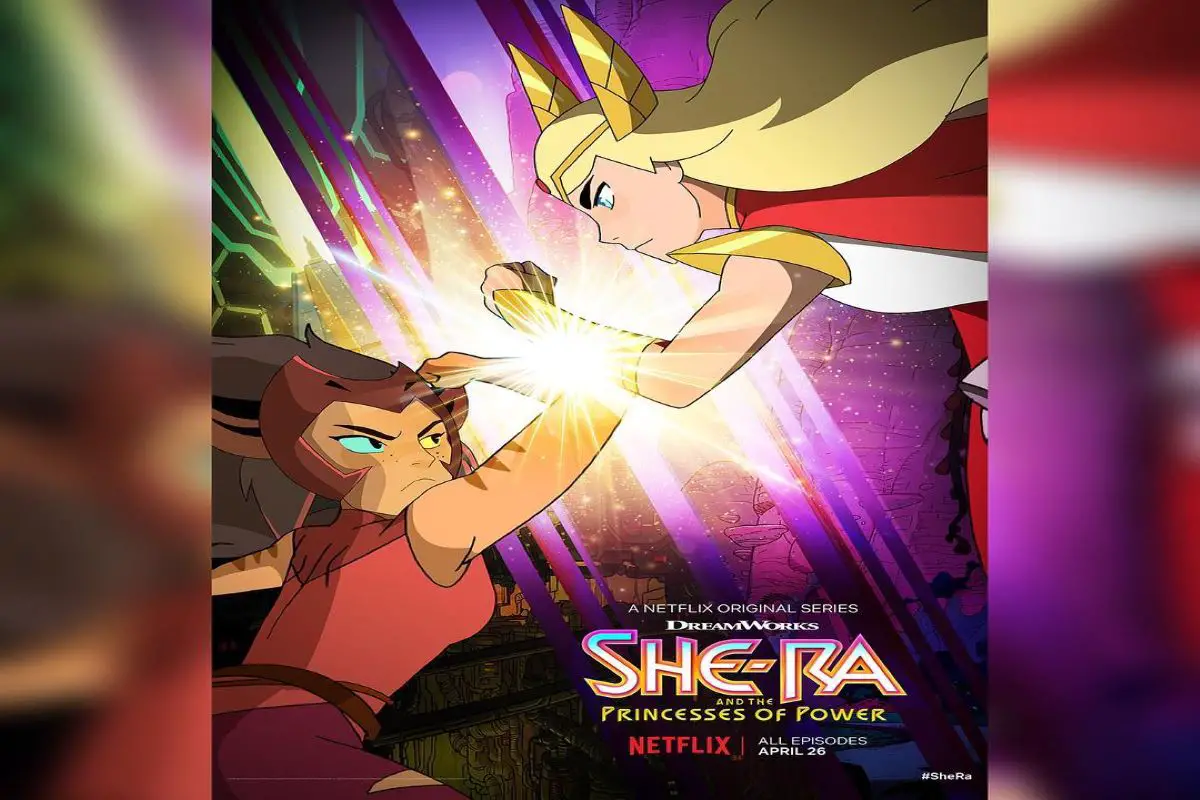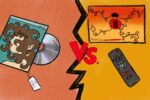*CONTENT WARNING: INVOLVES ABUSIVE RELATIONSHIPS, “SHE-RA” SPOILERS*
“She-Ra and the Princesses of Power”: a children’s show known for its fantastical characters, loving tribute to an ‘80s toy-heavy cartoon and absolutely broken relationships. The cartoon might be a hero of destiny with a big sword and a lot of magical friends taking on the spooky forces of evil, but “She-Ra” still gives a great look at some sad truths of unhealthy connections, especially in its newly released third season.
For people new to the show, “She-Ra” is a Netflix animated series based on the 1985 “He-Man” spinoff of the same name. In the Noelle Stevenson-led reboot, the evil Horde rampages through much of the planet Etheria at great cost to its defenders, the Princesses.
https://www.instagram.com/p/BpprW58AvZo/?utm_source=ig_web_copy_link
A Horde soldier named Adora discovers an ancient sword and becomes the latest manifestation of the magical warrior She-Ra. Her new destiny is to unite the Princesses and defeat the Horde. She and new friends, like Glimmer and Bow, must battle the twisted Shadow Weaver, the lurking Hordak and Adora’s former friend, Catra.
The main strength of “She-Ra” is its gripping characters, and unstable dynamics are their crucible. The Princesses are individualistic to the point of dysfunction. Glimmer and her mother constantly argue. Bow hides his warrior activities from his fathers. Kind Horde soldier Scorpia and adventurer Sea Hawk are emotionally dependent on the toxic Catra and the apathetic Princess Mermista, respectively. Shadow Weaver’s abuses traumatize Adora, Catra and likely anyone else under her command. Even tyrannical overlord Hordak suffers from insecurities and abandonment issues.
https://www.instagram.com/p/B03fSvrjNuc/?utm_source=ig_web_copy_link
Since the show is made with children in mind, nothing gets graphic or explicit, but “She-Ra” does have plenty of real-life subtext. No accident could put in the line, “She was just scared. She didn’t mean to,” said when Scorpia recalls how her unrequited soulmate Catra threatened her with an electric baton.
Older audiences watching can quickly grasp the harmful nature of many of the relationships, and younger audiences might better recognize the behaviors after viewing. Stevenson does not simply shoehorn in angst and toxicity simply to be edgy, despite the laundry list above. “She-Ra” has some nuance and applicability in how it shows unhealthy relationships.
“She-Ra” balances justification and condemnation well. None of the characters are total monsters, as often seen in cartoons, yet several can and do commit heinous acts. Catra and Hordak both have sympathetic sides. Even Shadow Weaver, essentially an abusive parental figure for the Horde, is still recognizably human. It can be difficult to keep feelings of pity and pain from overpowering the mind, but the cartoon strives to rise to the occasion.
When Adora tries to convince Horde scientist Entrapta to not deploy a machine which could destroy reality, Entrapta replies how Catra wants them to continue. Adora doesn’t say “Catra is bad.” She says “Catra makes bad decisions.” Here, Stevenson and crew make a specific line choice to say Catra is not a completely irredeemable being. Her abrasiveness, her dismissiveness, her wanton endangerment of the planet, her manipulations and her violent tendencies arise from jealousy, trauma and betrayal.
However, she does receive condemnation. In the Season 3 finale, Catra opens a portal that nearly shatters the world. She is aware of the possibility, but she does so to spite Adora. The two confront each other in a shattering world, and Catra blames Adora for everything that she has done to justify many of her evil deeds. Adora replies, “I didn’t make you do anything. I didn’t break the world, but I am going to fix it.” “She-Ra” isn’t willing to leave the slightest textual evidence that characters’ actions are not their fault.
Shadow Weaver acts as a sort of inverse to Catra. Where the latter shows how just because a person is sympathetic doesn’t mean they can do no wrong, the former shows how just because a person is doing right for once doesn’t mean they instantly regain trust. Shadow Weaver joins the Princesses at the beginning of Season 3, but she displays no remorse for mistreating Catra and Adora or for leading Horde soldiers in the wars. All she wants is revenge against the Horde.
https://www.instagram.com/p/BsD2mnWgZna/?utm_source=ig_web_copy_link
The sorceress still manipulates the people around her and tortures Catra, the woman she used with acts of maternal affection to escape, during an invasion into Hordak’s lab. The feline Horde soldier cries out, “You made me this way, and you get to be the good guy?” Nobody trusts Shadow Weaver.
Disentangling oneself from an unhealthy relationship can be the hardest thing in the world. Time and space are required, maybe never seeing a person again if necessary. It is especially true when a person hurts you and does not change their ways. Trust is a precious thing, and people like Shadow Weaver who are only present for their own benefit are not worthy.
“She-Ra” also has a message of hope in toxic relationships: People can overcome them. Multiple characters are already taking steps to escape their situations both mentally and physically. Supporting characters Sea Hawk and Scorpia also begin to solve their struggles. Both are dependent on emotionally unavailable characters.
In “White Out,” the two accidentally meet and discuss their woes until they realize their self-worth in spite of others’ indifference. Scorpia goes so far as to defy Catra later that episode. “She-Ra” hasn’t shown yet if the realization truly lasts. Scorpia is in a hardly better situation in Season 3, and Sea Hawk has yet to appear again. However, “White Out” still gives the audience a great moment to remember.
In the first episode, Adora realizes the depth of the Horde’s evil and defects to the Princesses. She later meets Huntara, a former Horde soldier who also left. Neither have an easy departure. Adora still cares deeply for her friends in the Horde that she must battle, and Huntara ran to a lawless wasteland to hide for years, but both are growing stronger now that they no longer live in the abusive Horde. With both now in the Princess camp, they are surrounded by loving and faithful friends, and anyone escaping a toxic relationship or environment needs support.
https://www.instagram.com/p/BqsJJ9HAuXF/?utm_source=ig_web_copy_link
Unhealthy relationships can break people. Betrayal, especially by the people closest to you, leaves scars that can require a long time for recovery. “She-Ra” offers whatever help it can in 26 episodes with its delicate balance of forgiveness and caution. To anyone reading the article and currently struggling, there is hope.
















